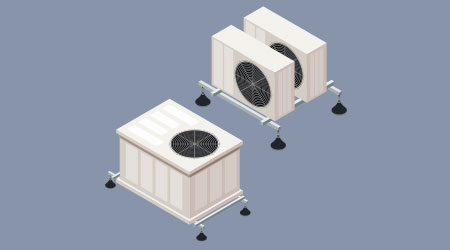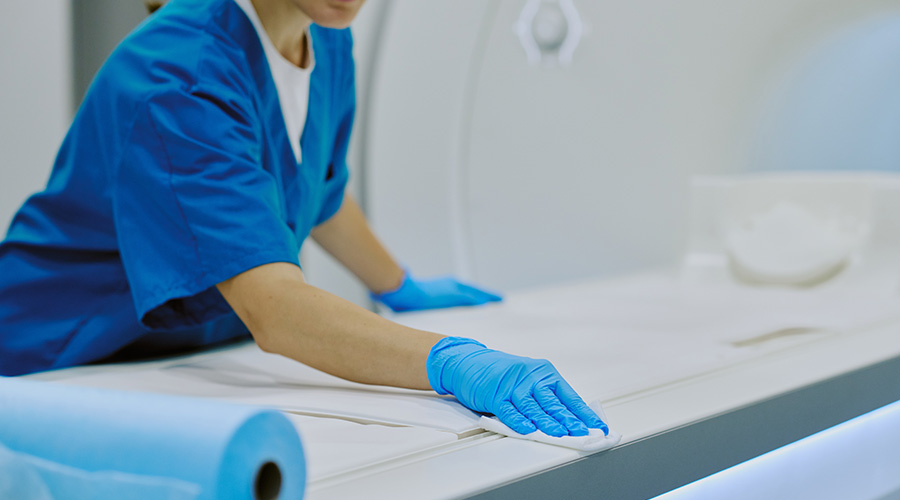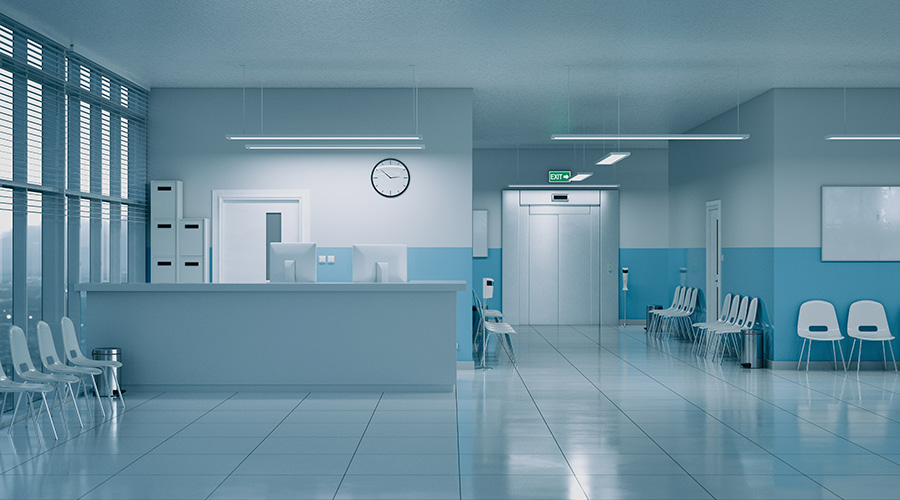Many building owners don’t give proper thought to how much impact a higher performing HVAC system can have on a building and its ability to be profitable. More often they focus on what other people say is important, according to an article from Building Operating Management on the FacilitiesNet website.
For example, real estate developers and brokers have long purported that the three most important qualities in a building are location, location, and location. Architects believe buildings must be both stylish and functional, including easy access in and out, natural light, and lots of amenities like outdoor seating, fitness centers, and convenient access to food and fun.
All of these are important. But more and more, building owners and potential tenants look for an environment that is all those things — as well as one that is cost-effective to operate, supports the productivity of the people working in the space, and stands up to increasing weather and security threats.
The design of the HVAC system goes a long way to shaping a building’s long-term operating costs, its ability to deliver the comfortable indoor environment that can support productivity, and its capacity to sustain operations through potentially catastrophic events. Studies show that economy of operation, productivity, and resiliency can be achieved if the building is energy efficient, has a lower environmental impact, incorporates emergency preparedness principles, and offers good comfort and indoor air quality. A good way to reach those sometimes conflicting goals is with a high performing HVAC system.

 Hand, Foot and Mouth Disease on the Rise
Hand, Foot and Mouth Disease on the Rise BayCare Reveals Pagidipati Children's Hospital at St. Joseph's
BayCare Reveals Pagidipati Children's Hospital at St. Joseph's Preparing for the Hazards of Winter Weather
Preparing for the Hazards of Winter Weather Why Identity Governance Is Becoming a Facilities Management Issue
Why Identity Governance Is Becoming a Facilities Management Issue Habitat Health Opens South Los Angeles PACE Center
Habitat Health Opens South Los Angeles PACE Center